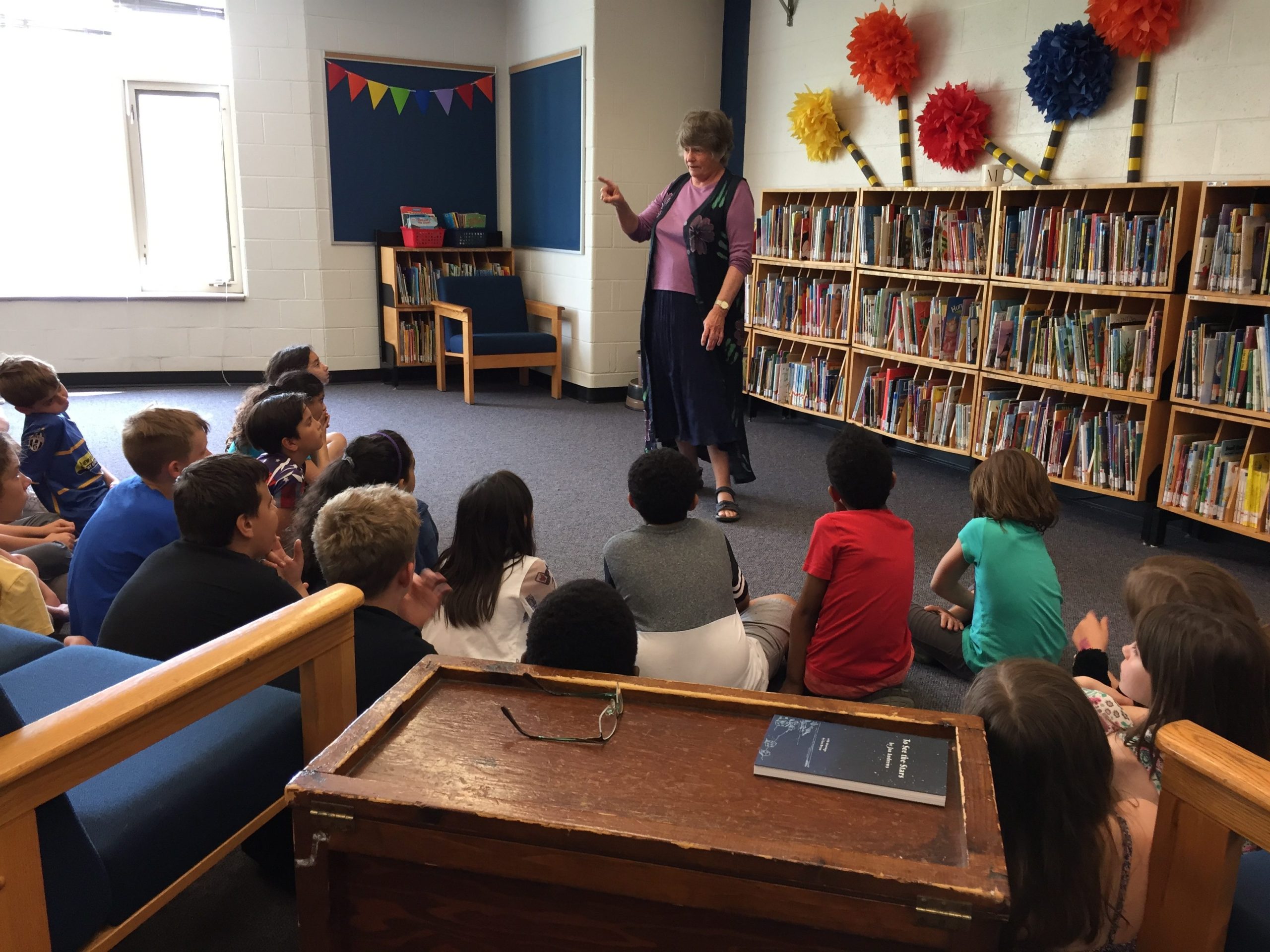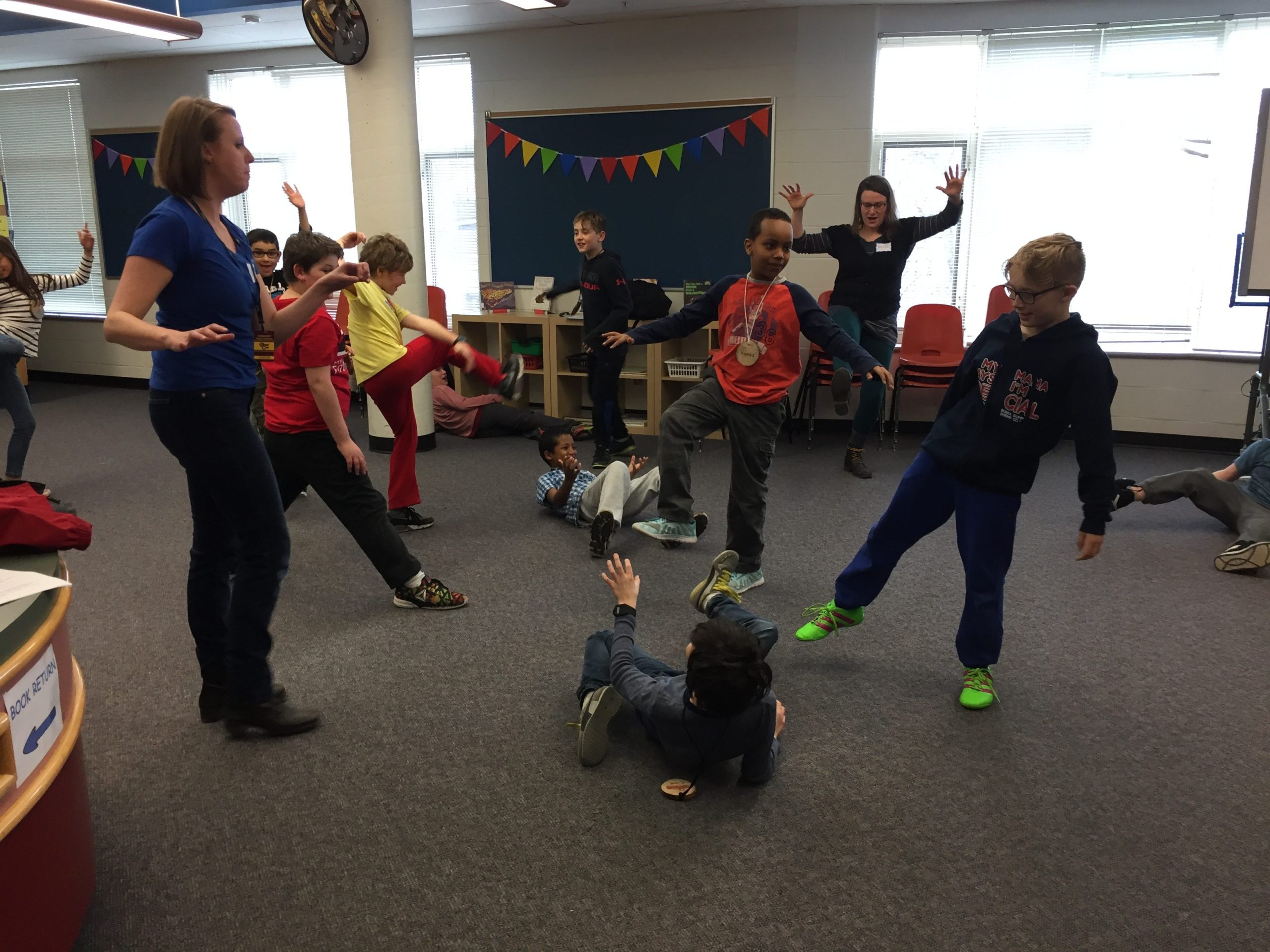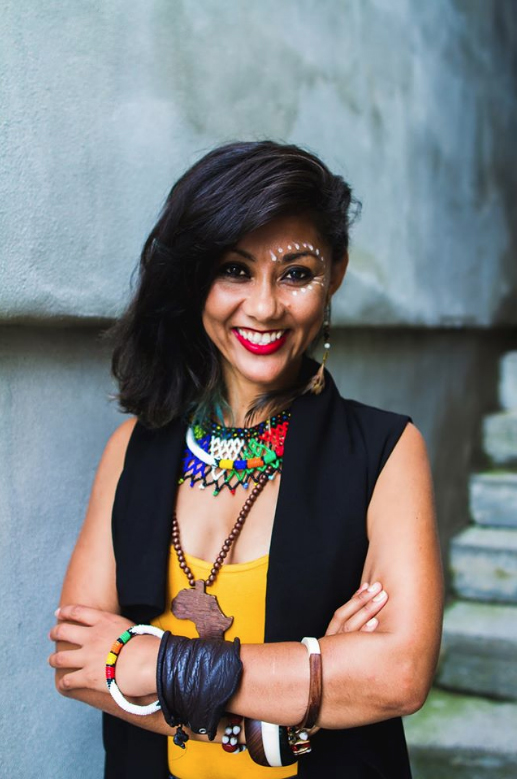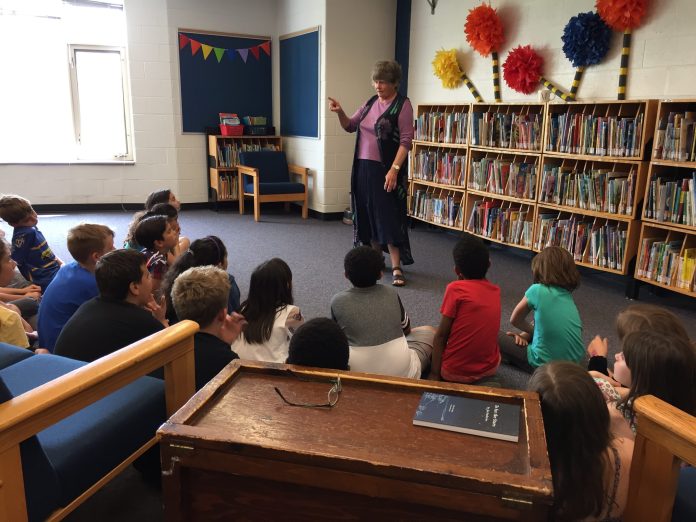
Local organization MASC connects artists and students across the city
When Jennifer Cayley and Jan Andrews got together to develop a series of culturally diverse performances for the NAC 30 years ago, little did they realize what they had created.
Sitting around a kitchen table in Kitchissippi, the two women wanted to bring arts to young people and show diversity. They developed what was supposed to be a one-time, month-long series of workshops and performances for students from the National Capital region schools, to complement an exhibition at the National Library of Canada.
Initially called The Chance to Give/Une chance à donner, the program was repeated in 1988 as a joint venture of local school boards out of a conviction that it had an important contribution to make.
The response was so overwhelming that the two started a not-for-profit organization so the program could be implemented in schools year-round. Two years later, MASC, Multicultural Arts for Schools and Communities, was born.
“How splendid it is to see how this organization has outstripped any idea Jan and I had in the beginning of what was possible’” writes Jennifer in one of MASC’s publication.
Co-executive director Wendy Hartley says there is one thing hasn’t changed in the last 30 years: the passion artists have for their work and that they offer in inspiring artistic experiences for others.
“It’s a very strong formula, one that’s great for kids, and one that hasn’t really changed in the last 30 years. We try to bring a love for the arts, a love of all the different art forms,” says, Wendy, noting that diversity is very important for MASC, and that they strive to have artists from all different backgrounds.
MASC, located in the heart of Hintonburg in the Fisher Park/Summit Alternative School building on Holland Ave, is now a mainstay in schools across the city.
“I think it’s wonderful, added value to our curriculum, especially since many of us are generalists and aren’t trained in the arts,” says Michelle Richardson, a Grade 3-4 English teacher at Connaught Public School. “It’s always supportive to have an artist come in. It’s engaging for students.”
What started with a roster of six local artists and tours of five out-of-town artists has evolved to a roster of more than 200 artists (mainly from the Ottawa-Gatineau area), numerous events, school activities and even scholarships and a seniors program. More than 120,000 youth and seniors every year have been exposed to MASC activities.
“It’s hard to quantify the success we have. We get terrific feedback from teachers and kids, but often, the students won’t even know what they saw or experienced was because of MASC. I know I was influenced by these performances myself,” says Jessica Ruano, a board member who remembers Jan Andrews coming into her school to talk about the arts. “We have teachers who took part in MASC activities as kids and are now sending their students to our events and festivals.”
For Dave Farley, a history, geography and language arts teacher at Fisher Park/Summit
Alternative School, having MASC in the same building as his students makes it very easy to book artists.
Recently, he had an artist come in and talk about printed artwork from Uzbekistan.
“It might seem obscure but it was tied in with history and geography, the Silk Road and Marco Polo,” he says. “I believe I can deliver a lot of curriculum in the regular school day, but one of the more impactful moments is when the students are connected to the arts. They get information but get a creative and emotional connection. They learn so much more, get their heart in it.”

And it’s not just the teachers and students who benefit. The artists do, too.
“People would say I’m helping them, but I feel like they are helping me, they are inspiring me. It’s not just me teaching them but them teaching me, says Jacqui du Toit, a storyteller, creator, youth educational worker and actor. “I pass on the tools, but what they do with it is so inspirational, and that is working with all ages of youth, their creativity, fearlessness. I tell them what you guys are doing with this is mind-blowing, it’s so inspirational.”
Jacqui, originally from South Africa, moved to Ottawa about 10 years ago. She says community service and inspiring others to tell their stories is her “heart and passion”, so MASC is a great fit.
“I’ve done work with youth across Ottawa to share their own stories. It’s an incredible journey, connecting with them, which is proven to be an important key,” says the co-owner of the Origin Arts and Community Centre, in Mechanicsville, with poet Jamaal Jackson Rogers (Just Jamaal) and his brother Captain.
MASC bills itself as the only organization in Eastern Ontario whose primary mandate is to connect artists and learning, offering fully bilingual services and working through all disciplines. All the artists are screened prior to being taken on by MASC.
“We ensure that artists, professional artists, have a desire to reach youth, that they have a desire to share what they love,” says Wendy “We help artists but artists help us grow.”
For Dave, knowing that he’s going to get a quality artist and educator is important.
“I can go in their listing of performers and know that I’m going to get an artist that is vetted by MASC, that has been auditioned by teachers. It assures me that I will have a real level of professional and a great teaching opportunity,” says the Grade 7-8 teacher.
In order to ensure that quality and commitment, MASC makes sure artists get paid for the work they do in the schools.
“MASC is also about offering artists more employment opportunities as well. We offer what we think is a fair, professional rates, while taking into account school budgets. We hope this allows artists to dedicate themselves full time to their art.”
For Jacqui, that and the support MASC provides is important for artists.
“MASC plays a vital and key role for authors and other artists. For a long time, I was doing everything myself, building my own company and repertoire, but I got to the point where I couldn’t do everything,” says Jacqui. “They are hands on, helping you with booking and financing. You have to play your part, but having that support system is important.”
Michelle sums up the whole notion of MASC.
“I think the students get exposure to a quality experience that they may not get in their home life. It’s exposing them to something they’ve never seen before, but maybe someone they can connect with, someone who is unique, and make them think that maybe I can pursues my passion.”

Events & Awards
MASC offers a number of awards, with opportunities for students to get mentored by a
professional artist or scholarships from a number of different local arts groups. One award is a $500, no-strings-attached award, given to a student who “might need a little push or encouragement to continue with art”.
Apart from the various school programs, MASC also organizes festivals and events including the Your Story: MASC Teen Authors & Illustrators Festival (February 7), the MASC Young Authors Camp; Illustrators Festival (April 21-23), and the Awesome Arts Festival (November). They also offer the Jan Andrews Literary Award (submission deadline March 23) and the MASC Arts Awards (submission deadline was February 21).
Jessica notes that these events and awards encourage students to further their artistic practice. One award, a $500, no-strings-attached cash award, is primarily awarded to a student who “needs a little push to continue with their art”.
“It it’s not about the best piece of art being awarded the scholarship. It’s about the kid who the judges feel needs it the most,” says Jessica.
By Yose Cormier
